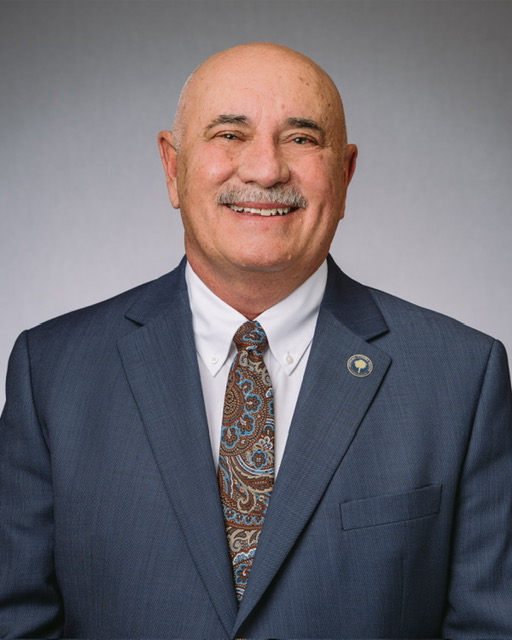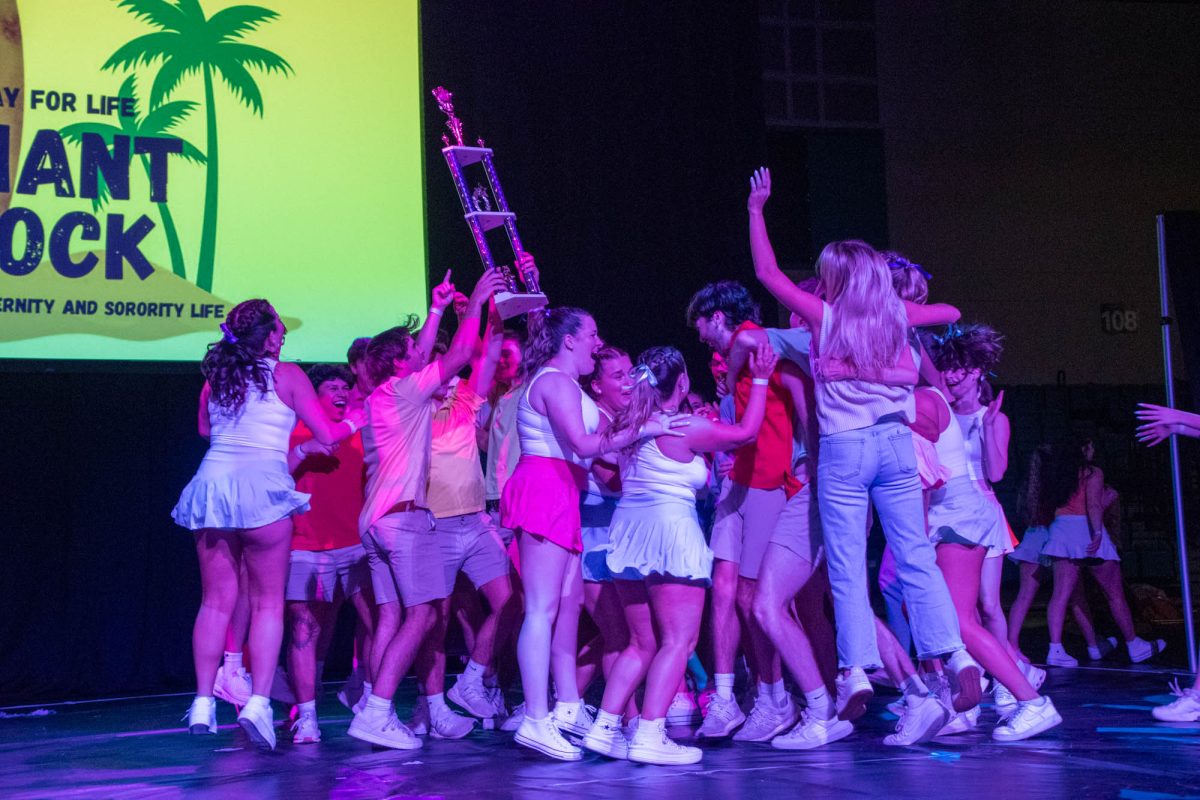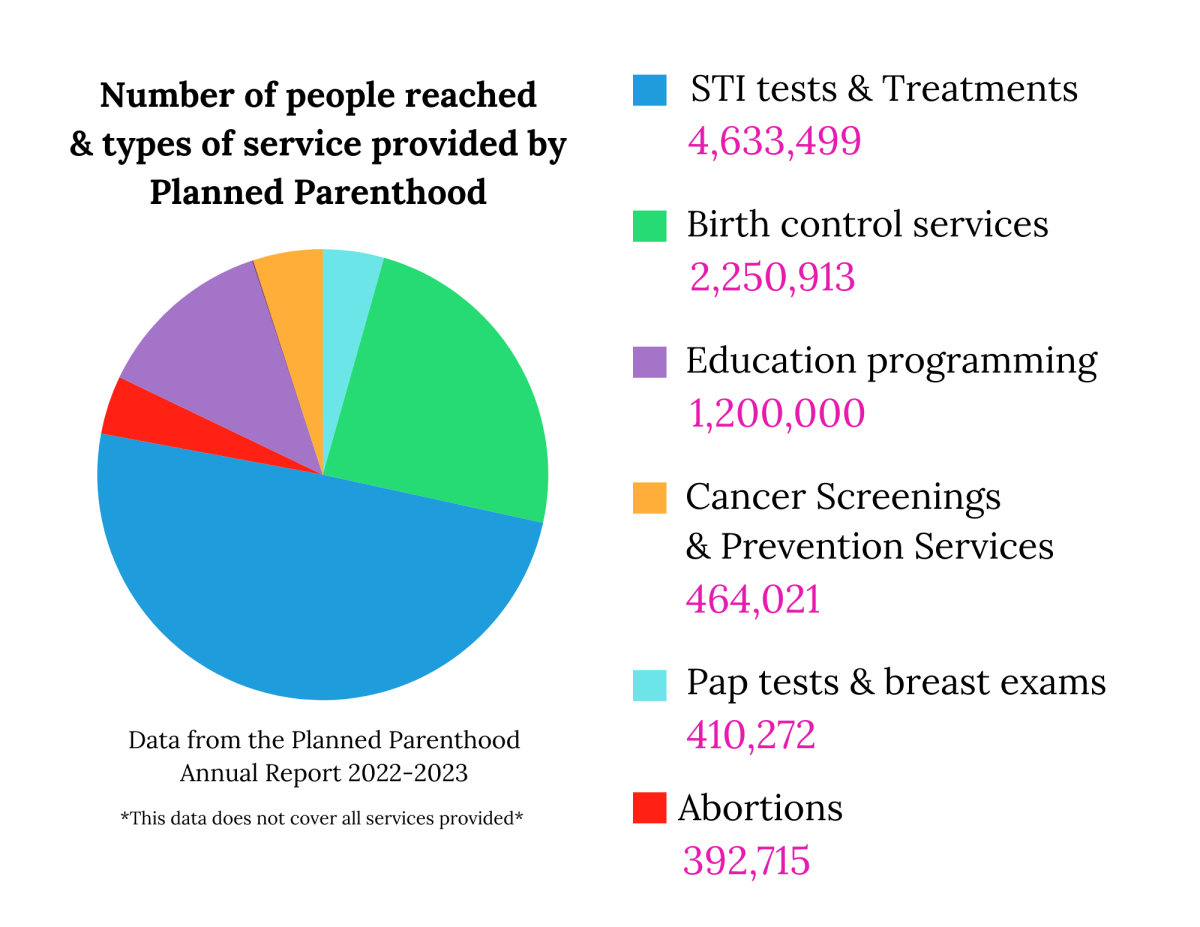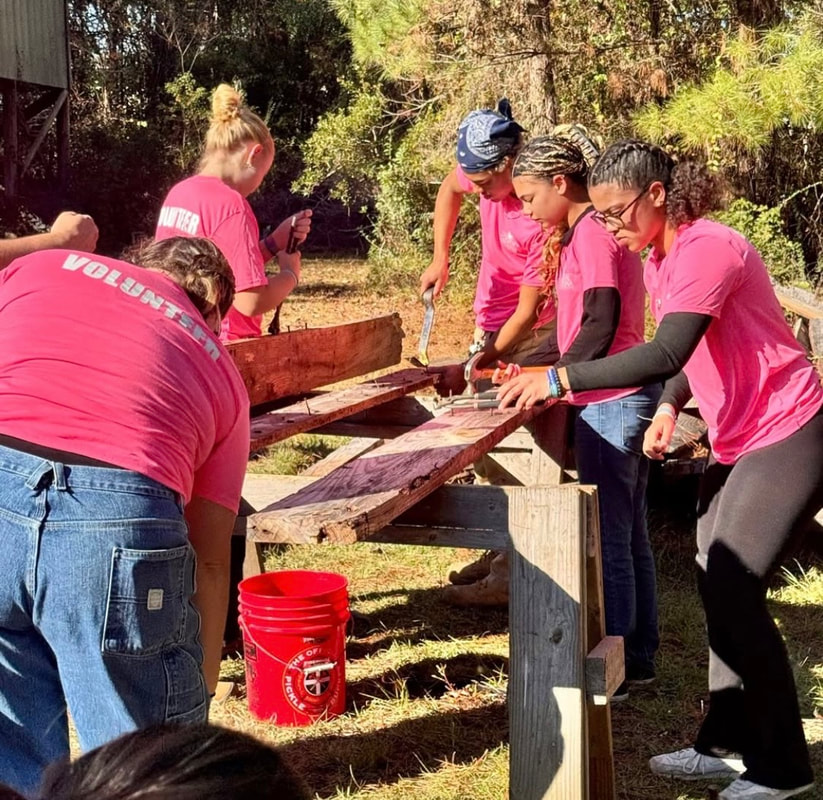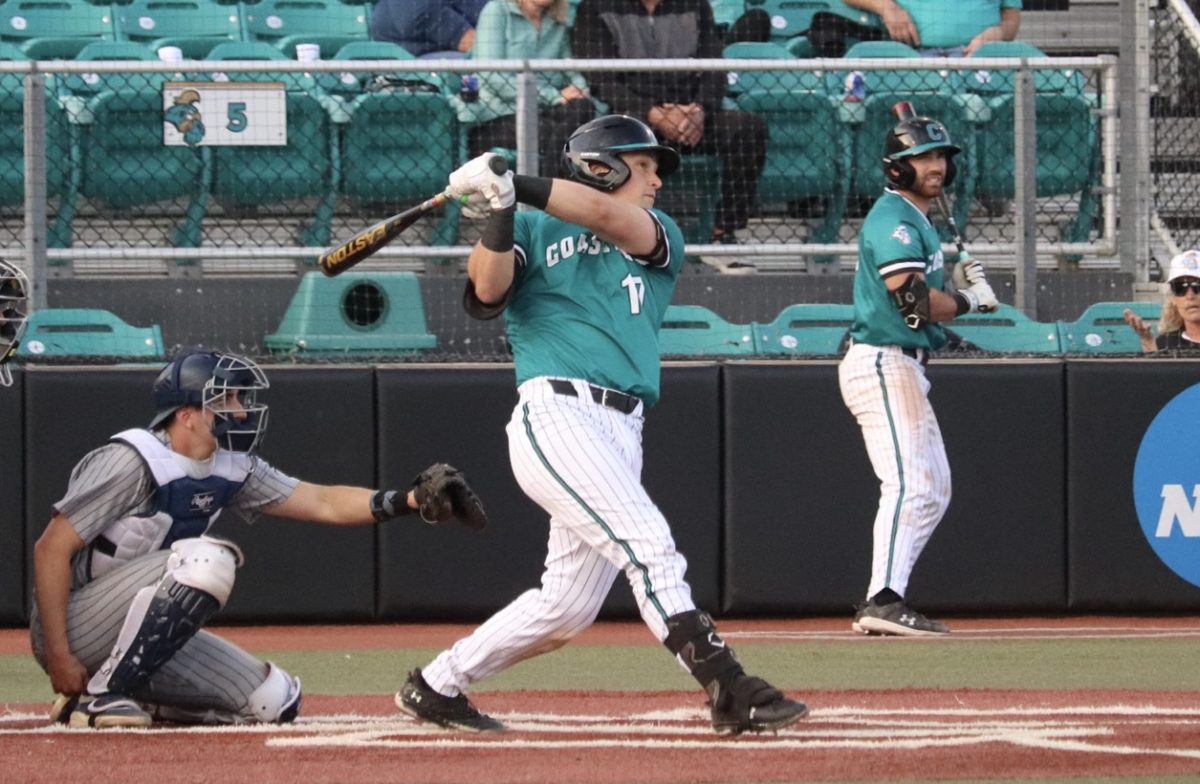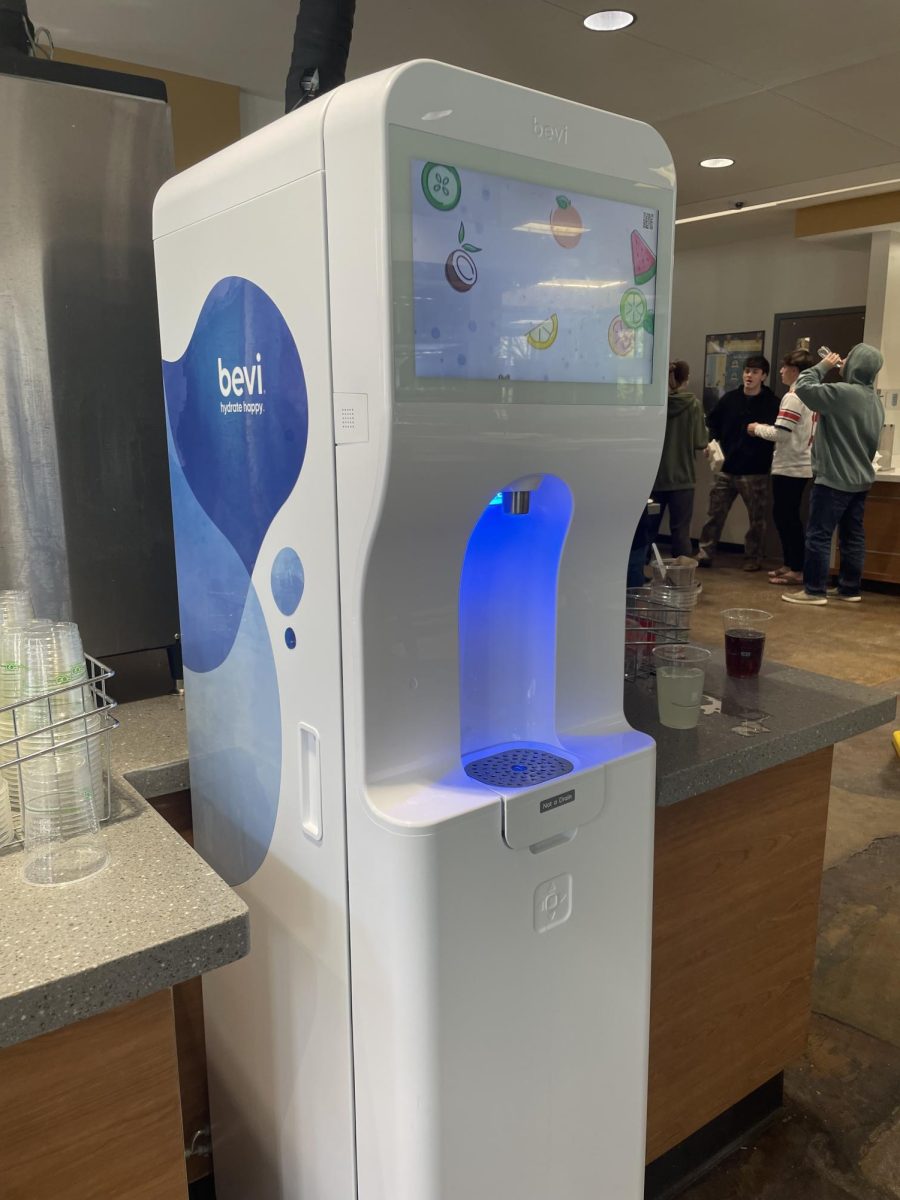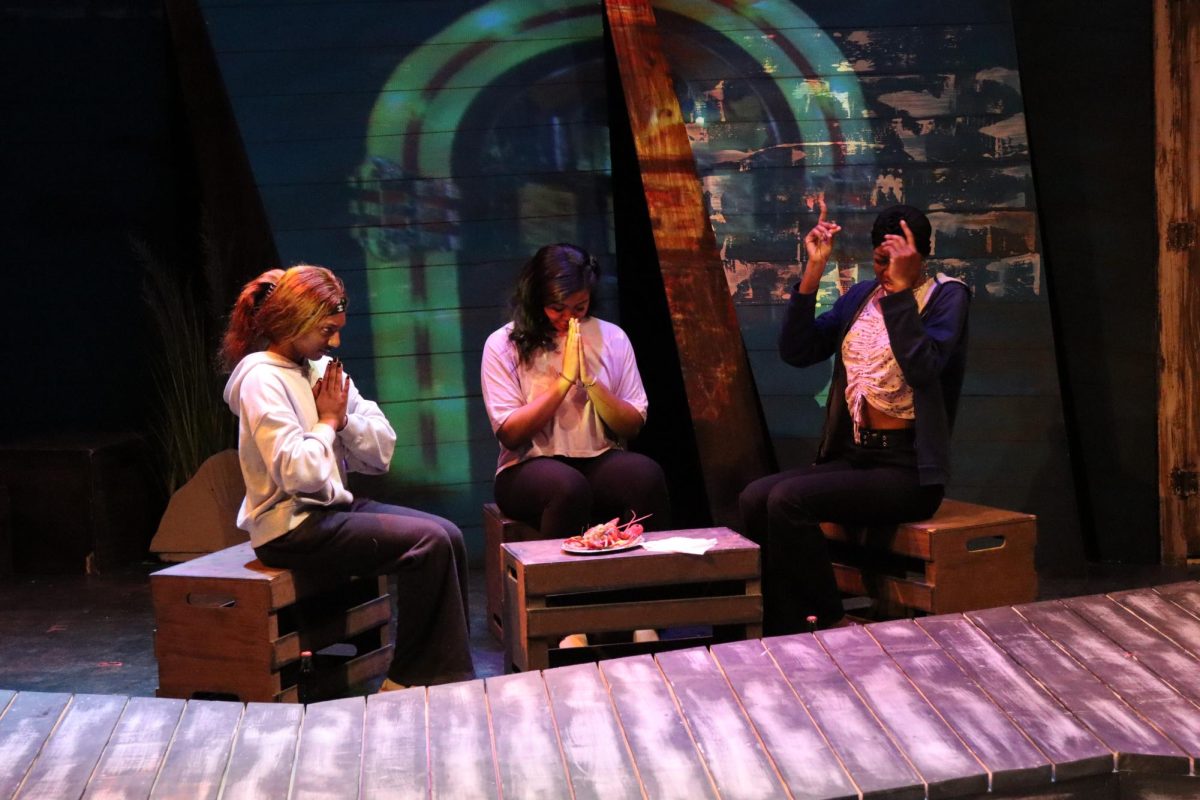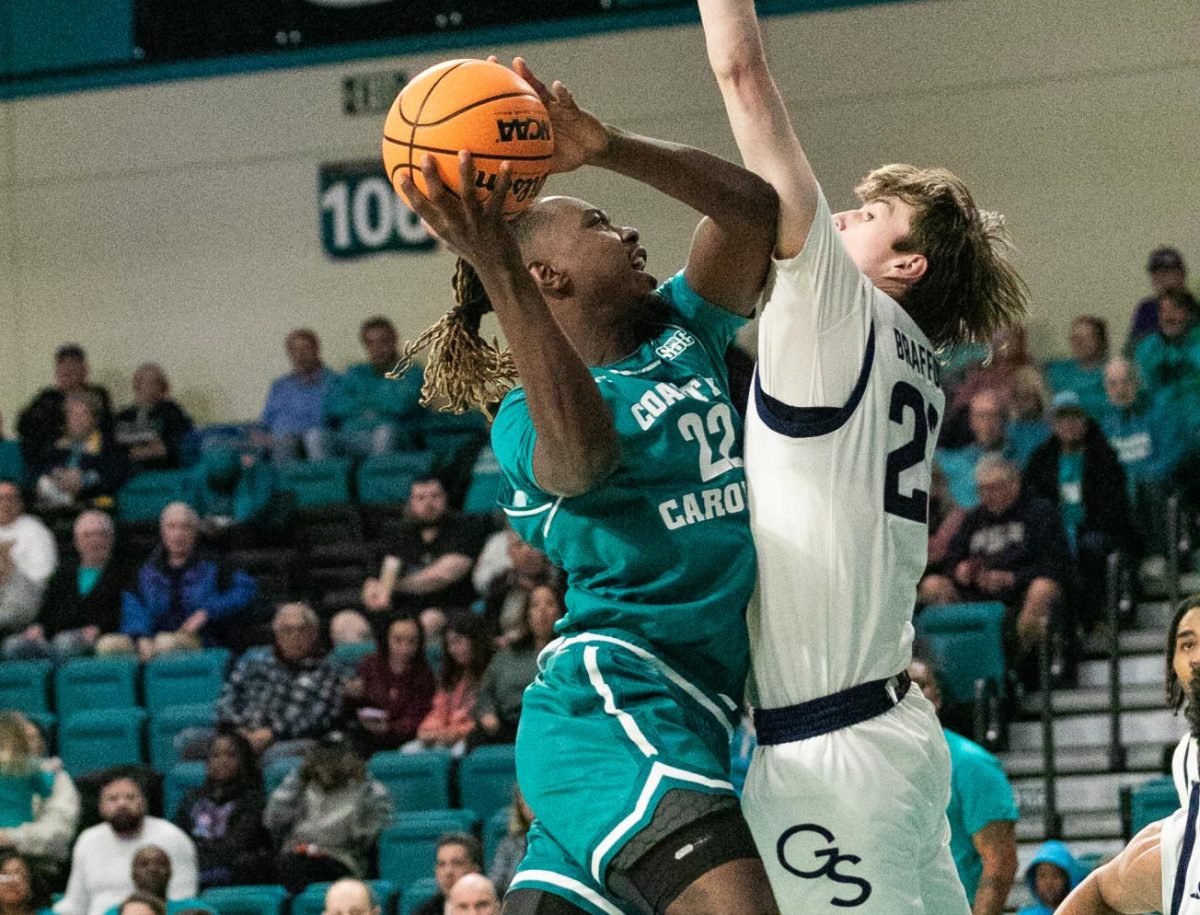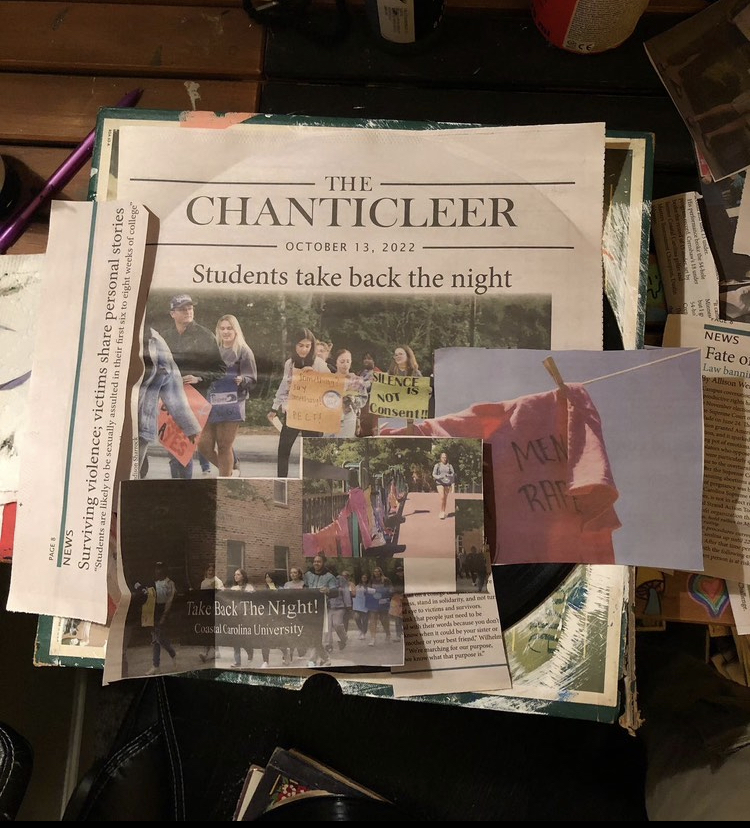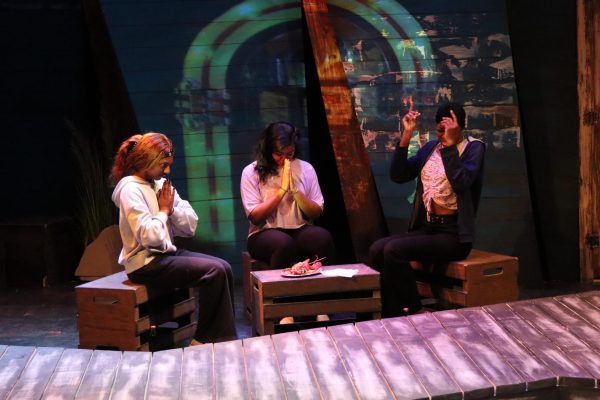One person’s trash is another person’s art
Vinyl records are painted and coated in collage scraps of discarded newspapers. Used and new denim jeans arrive in the mail to be woven into something completely new. Plastic geese originally used for hunting now sit by the water with cameras attached, waiting to observe their living counterparts.
While these pieces of art seem unrelated, they all are representative of the sustainability practices of Coastal Carolina University artists.
Sophomore psychology major Juliette Martin said she began collaging using recycled materials such as newspapers, magazines and old book clippings on vinyl records in highschool. Martin said when she became more aware of climate issues, it really pushed her to continue working with recycled materials.
“I know it’s not the biggest change in the world, but I feel like if I can just do those little things in my life and kind of make something pretty out of it, that other people might too,” Martin said.
Martin said she sold her art for the first time last semester and was surprised her upcycled collages sold out. She said she will continue to do shows in order to show the importance of upcycled art and how easy sustainable practices can be implemented.
Martin said she is glad that CCU is very sustainability-driven, for she believes art and sustainability go together.
“I think it’s the job of the most creative people on the planet to figure out different ways to kind of show that message, like there’s something wrong but here’s how we can kind of fix it,” she said.
James Arendt, associate professor of visual arts and director of the Rebecca Randall Bryan Art Gallery, has a similar sentiment.
Arendt said he works with recycled or upcycled denim as a medium for his art, usually to represent his working class background growing up in Flint, Michigan. Through upcycling, Arendt said he disrupts the linear system that places waste in the landfill and creates a closed system in which waste can be used to make something new.
He said he believes the key to environment change is solving the system’s design that accumulates waste, and art is that vehicle of change.
“So, if you look around and say what acts have moved the needle on progress, it’s largely artistic impulses,” Arendt said.
Sandrine Schaefer, an assistant professor of visual arts and performance artist, said that, historically and now, art is often the place where systems and structure can be reimagined.
“In terms of sustainability, we are in a moment in our existence where we really need to think about the Earth in different ways we haven’t had to before,” Schaefer said, “and art can be a way that we can get ideas, practice being curious and maybe find new solutions.”
They said their sustainable art practices include a site-sensitive approach that suggests that the site of the performance doesn’t need anything added to it, and if they do have an object in a performance, it is often reused. Schaefer is currently working on a project that explores relationships in time and space between humans and other species, particular ones labeled as a nuisance like Canadian geese.
Martin said she would recommend others to put themselves out there and try making sustainable art and that it’s helping the cause.
“Everything starts by just conversation,” she said.
